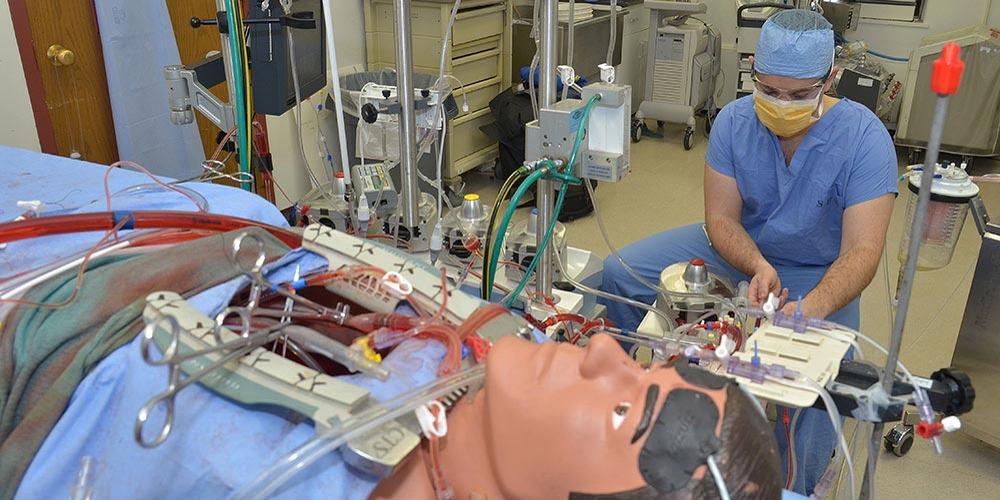Perfusion.com Cardiovascular News Roundup: November 22, 2022

Relevant reading, listening, or viewing – curated by the creator of Tiny Perfusion Letter, Luc Puis
Every week, we collect 10 or 20 articles from the peer-reviewed literature that we think will be of interest to the perfusionist community. Feel free to comment on the findings or suggest entries for the newsletter by emailing the Editor – Luc Puis.
Here are another 10 for your enjoyment, divided over 3 topics!
New Technologies and Safety
One review looked at the literature describing technological advancements in pediatric and neonatal cardiopulmonary bypass to improve outcomes. While many improvements were made, a lot of evidence is still needed.
Cardiac surgery is teamwork; everybody knows that (not all want to admit it…). Some team members need a little nudge, and this review on teamwork and non-technical skills for surgeons could be very helpful.
More on safety: you would think by now that everyone knows to label their syringes, right? Well, they still can be misread, but adding icons to medication labels makes it easier to detect medication failures.
The next one concerns the breathable electronic skins that we discussed a few weeks ago. Nifty little sensors that we can stick to our skin or wear in our clothing to monitor our bodily functions.
Cardiopulmonary Bypass
In our CPB topic, we find it better to be safe than sorry. Over ten months, 1580 patients scheduled for cardiac surgery in Sweden, were tested for COVID-19 before and after surgery, and 0.8% were positive preoperatively without any symptoms.
In a randomized controlled trial, the effect of perioperative norepinephrine on the occurrence of hyperlactatemia was investigated. The researchers found no significant difference between norepinephrine and placebo infusions during CPB with the maintenance of MAP between 65 to 80 mmHg.
The following article is a bit tricky, with complex statistics, so we’ll quote the results here. “A hemoglobin level of >9 g/dL was not associated with a decreased incidence of AKI in patients undergoing CPB without RBC transfusion. In patients who received RBC transfusion, maintaining hemoglobin at a level of >9 g/dL by RBC transfusion was associated with an increased risk of AKI.” There we couldn’t have said it better.
ECLS
We conclude with two articles on extracorporeal life support (ECLS). First, we find the results of testing a setup to deliver nitric oxide safely and effectively to an ECLS circuit, safe for the patient and caregiver.
And lastly, researchers from Italy evaluated the relationship between antithrombin and inflammation during ECMO. It turns out that plasma levels of antithrombin, whether endogenous or administered, are associated with a decrease in inflammatory markers. Still, a causal effect needs to be confirmed by further research.
Enjoy the read!
Sources
New Technologies and Safety
- Recent Advancements in Pediatric Cardiopulmonary Bypass Technology for Better Outcomes of Pediatric Cardiac Surgery.
- Managing A Team in the Operating Room: The Science of Teamwork and Non-Technical Skills for Surgeons.
- Improving Safety in the Operating Room: Medication Icon Labels Increase Visibility and Discrimination.
- Breathable Electronic Skins for Daily Physiological Signal Monitoring.
Cardiopulmonary Bypass
- Testing for Coronarvirus Disease 2019 before Cardiac Surgery-Safe Outcome of Infected Patients.
- Effects of Norepinephrine Infusion during Cardiopulmonary Bypass on Perioperative Changes in Lactic Acid Level (Norcal).
- Interaction of Hemoglobin, Transfusion, and Acute Kidney Injury in Patients Undergoing Cardiopulmonary Bypass: A Group-Based Trajectory Analysis.
ECLS
